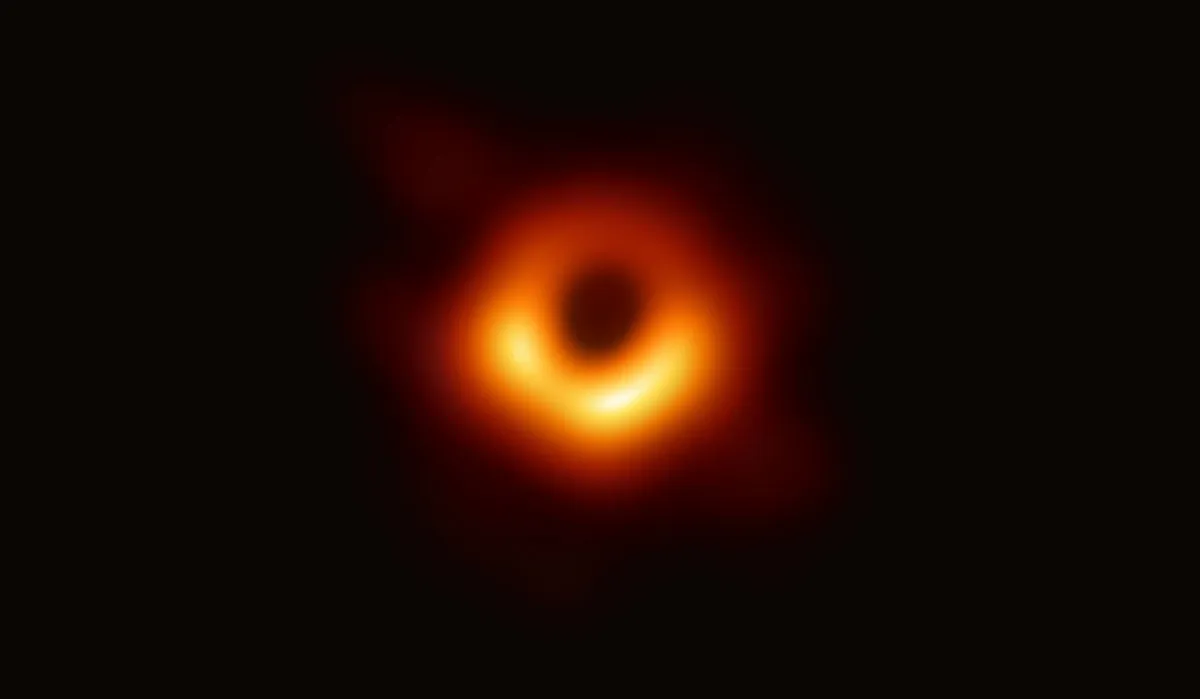For the first time, astronomers have observed the ‘plunge region’ surrounding a black hole, where orbiting material can no longer resist gravity’s pull and plummets inward.
The region is predicted by Einstein’s theories, but has eluded the gaze of scientists until now.
Most black holes pull gas from surrounding stars, surrounding themselves with an accretion disc.
According to Einstein’s theories of gravity, there is a point at which any particle straying too close to a black hole would no longer be able to continue in a circular path.
Instead, it plunges rapidly inwards, towards the event horizon at close to the speed of light.
While matter in this black hole plunge region is doomed to fall inwards, light is still able to escape, meaning it should be possible to observe.

How the discovery was made
Accretion discs create a lot of x-ray radiation, which is why, contrary to what you might think, black holes shine extremely brightly.
The team used data taken by the Nuclear Spectroscopic Telescope Array (NuSTAR) and Neutron star Interior Composition Explorer (NICER) X-ray observatories to look for the plunge region.
Focusing on observations of small black holes close to Earth and comparing these to computer models, the team were able to find the first proof of gas impelled over the edge, into a black hole.

"This is the first look at how plasma, peeled from the outer edge of a star, undergoes its final fall into the centre of a black hole, a process happening in a system around 10,000 lightyears away," says Andrew Mummery from the University of Oxford, who led the study.
"Think of it like a river turning into a waterfall – hitherto, we have been looking at the river.
"This is our first sight of the waterfall. What is really exciting is that there are many black holes in the Galaxy, and we now have a powerful new technique for using them to study the strongest known gravitational fields."

A golden age for black holes
This is the century of black hole physics. Along with these new results, gravitational waves are telling us about colliding black holes.
The upcoming LISA mission will reveal the mergers of supermassive black holes.
Pulsar timing experiments are probing these events too, while one of the big surprises from the James Webb Space Telescope is seeing how rapidly black holes grow in the early Universe.
The Event Horizon Team are making movies of the ring of light around the black hole at the centre of our Galaxy and the black hole of M87, and adding new telescopes to their network.
Slowly but surely, we’re glimpsing how black holes behave, in detail never before achieved. Hopefully it won’t be long before they surprise us.


